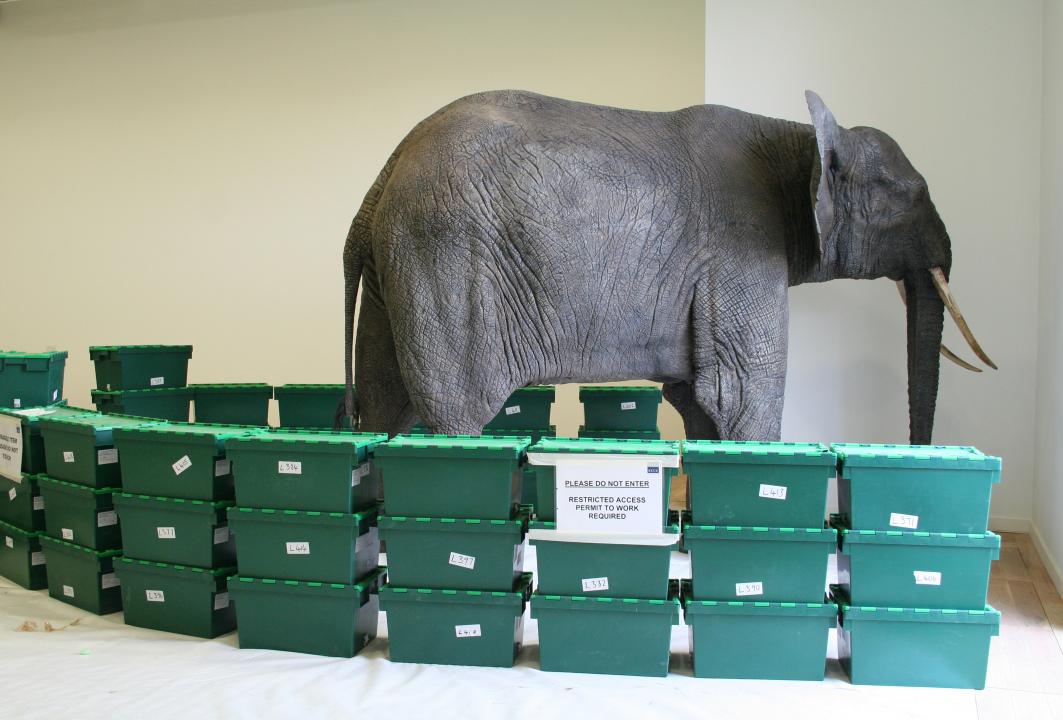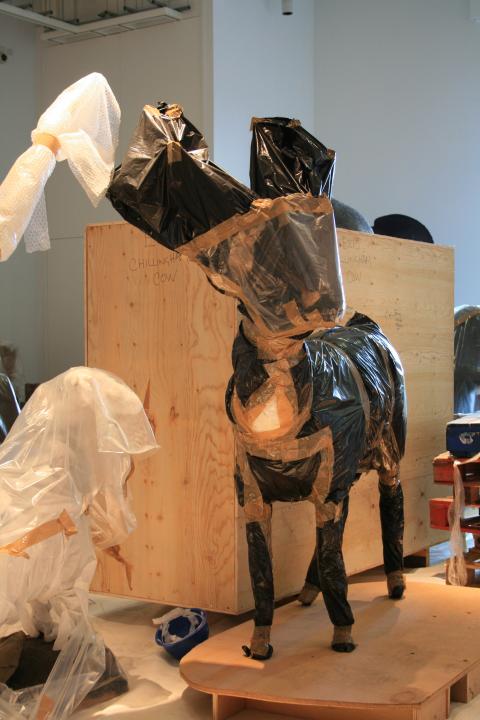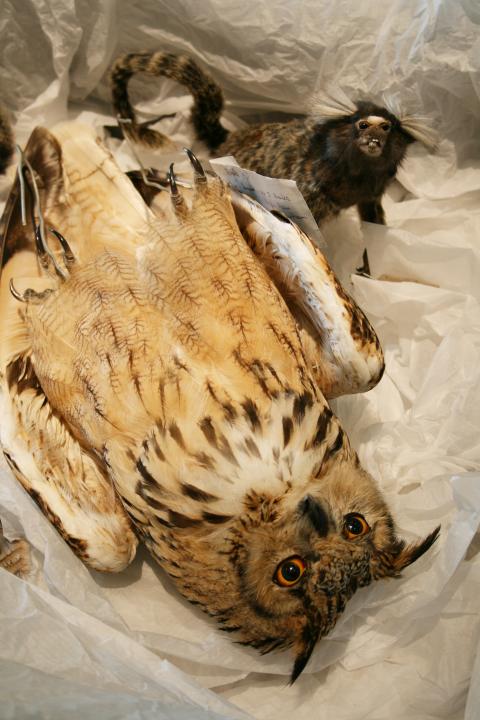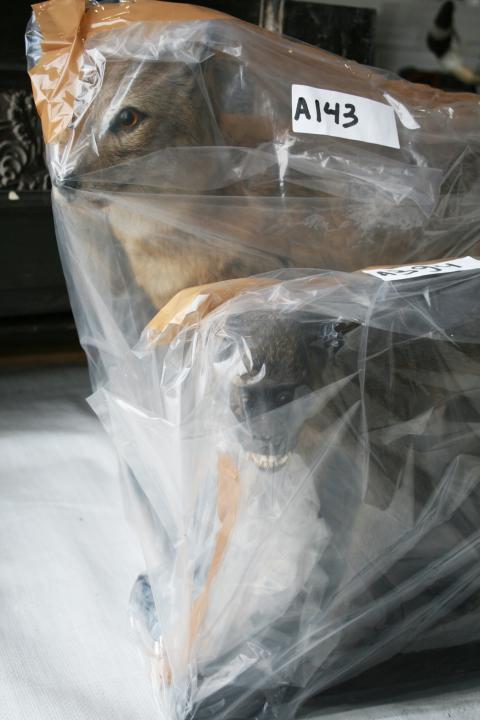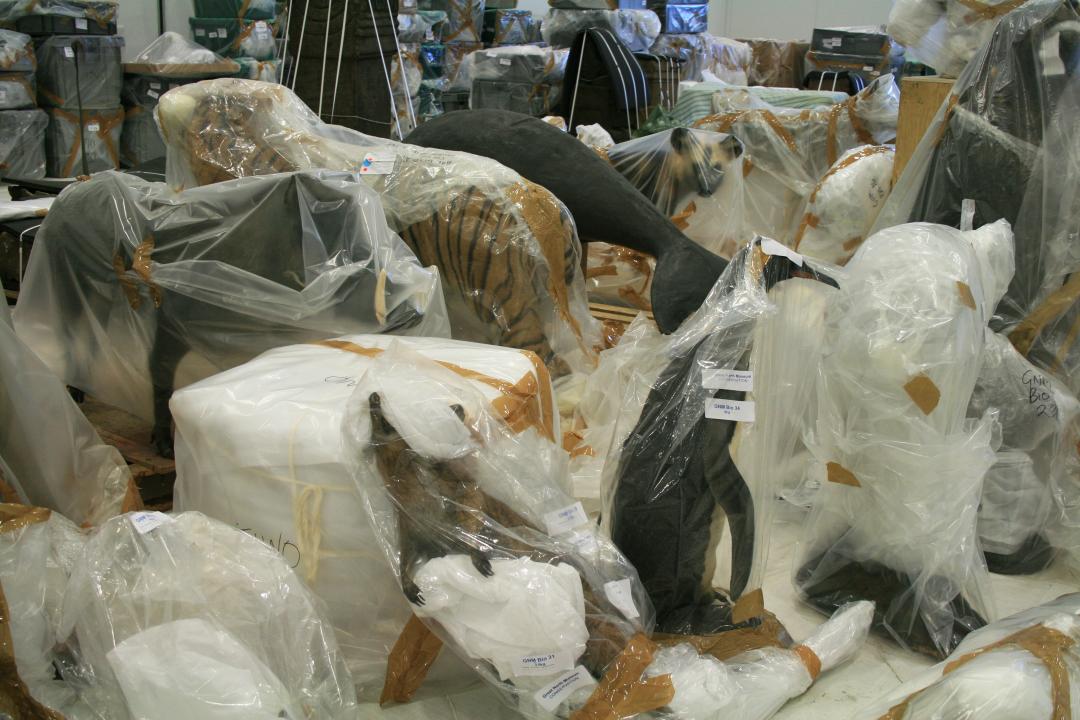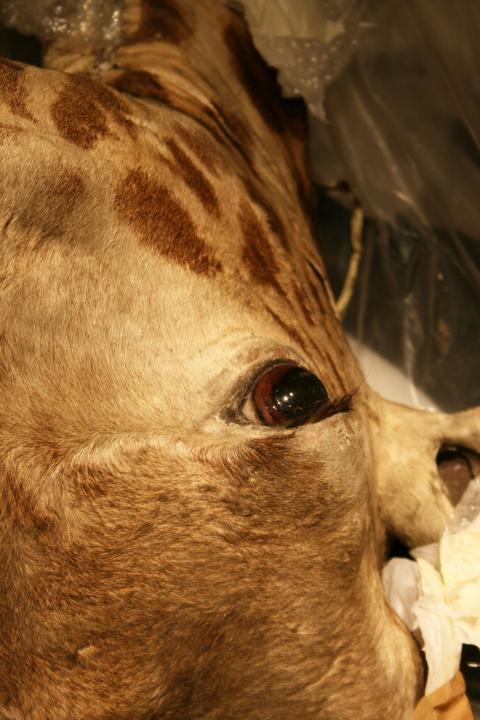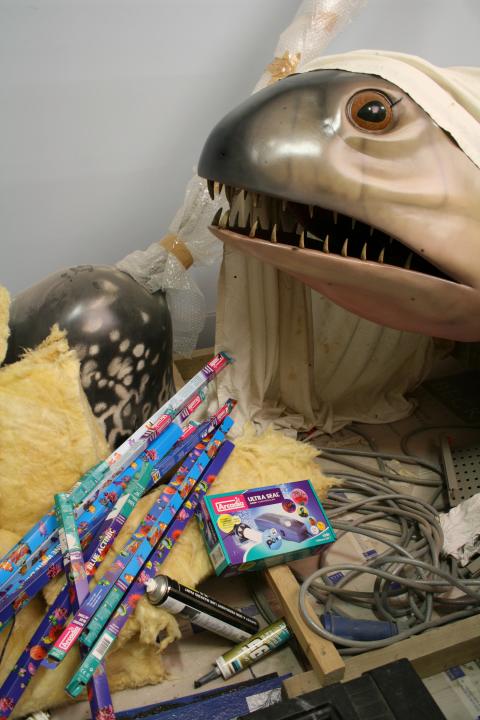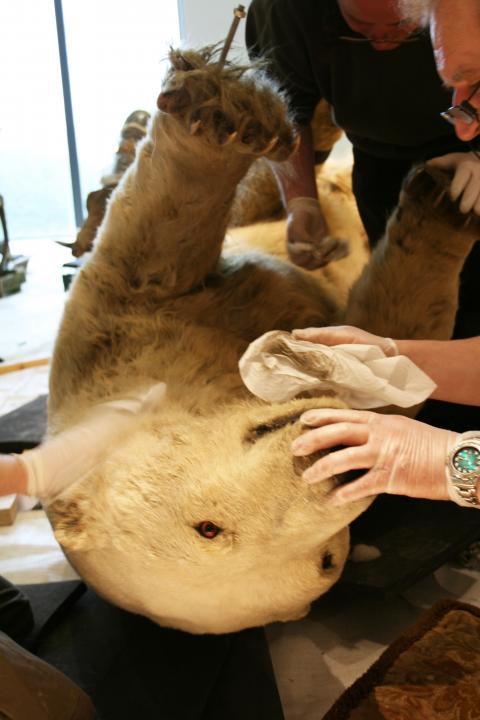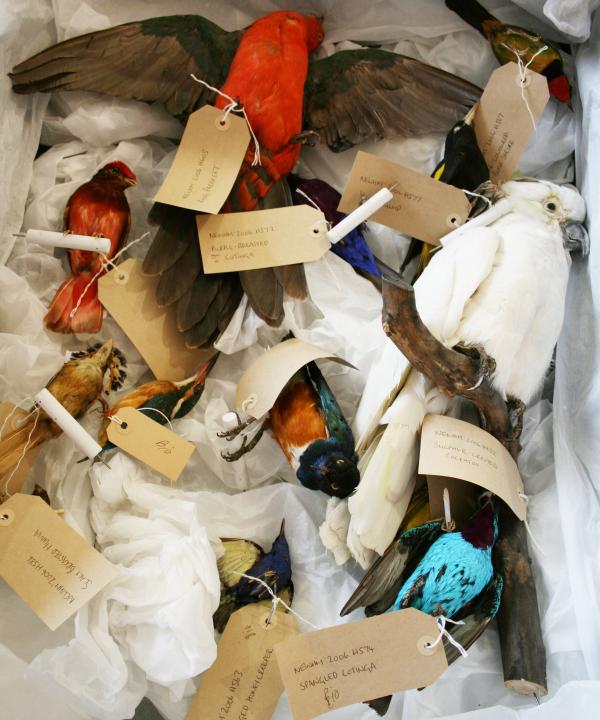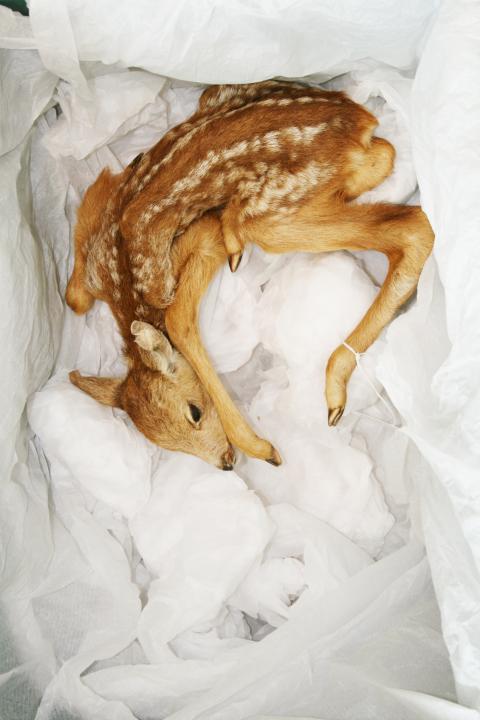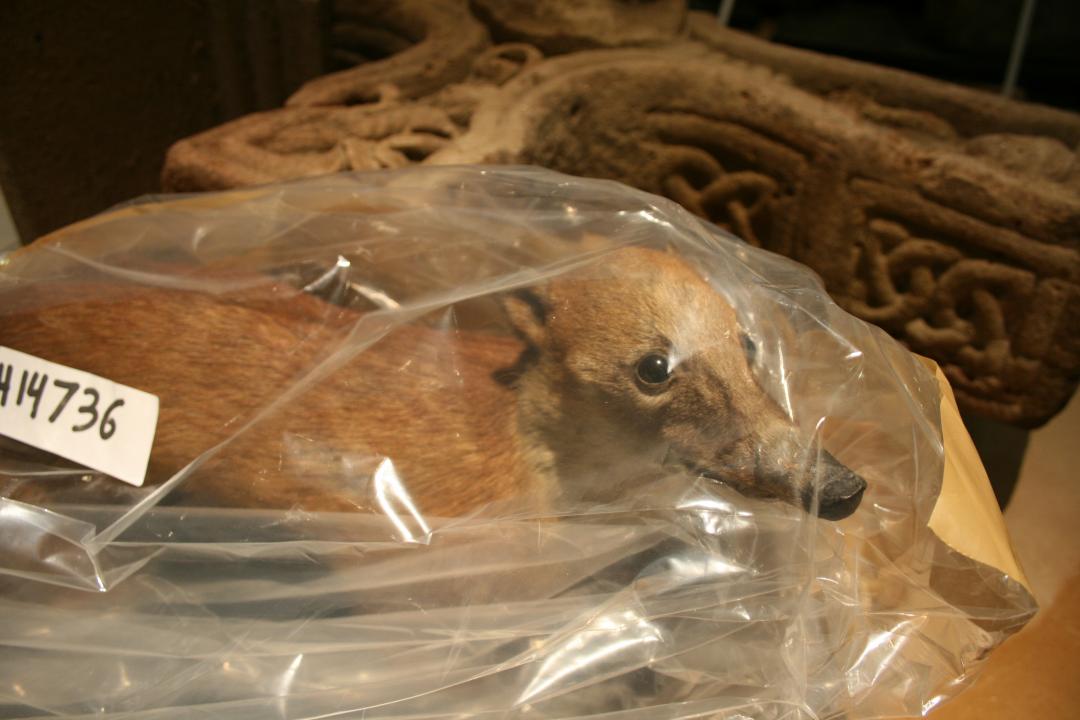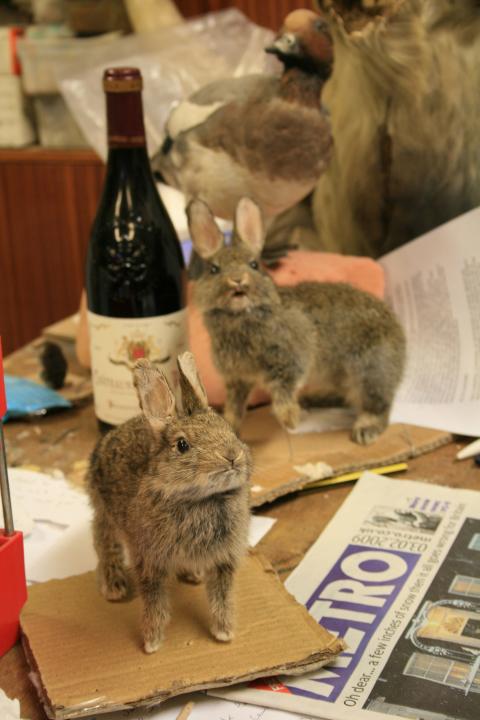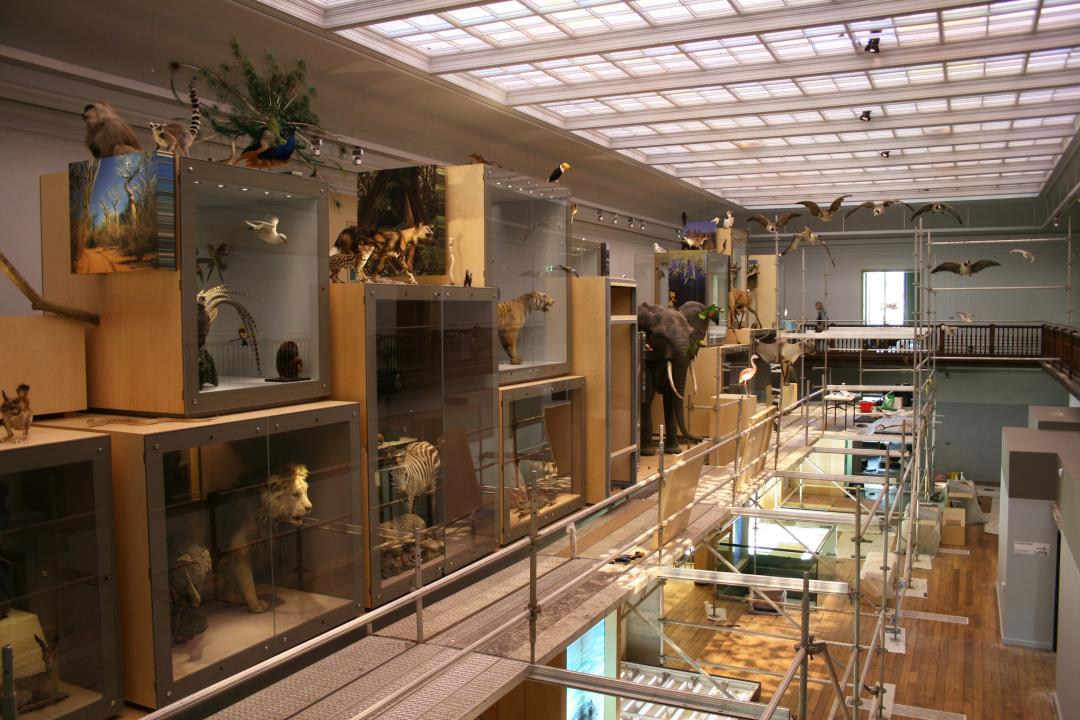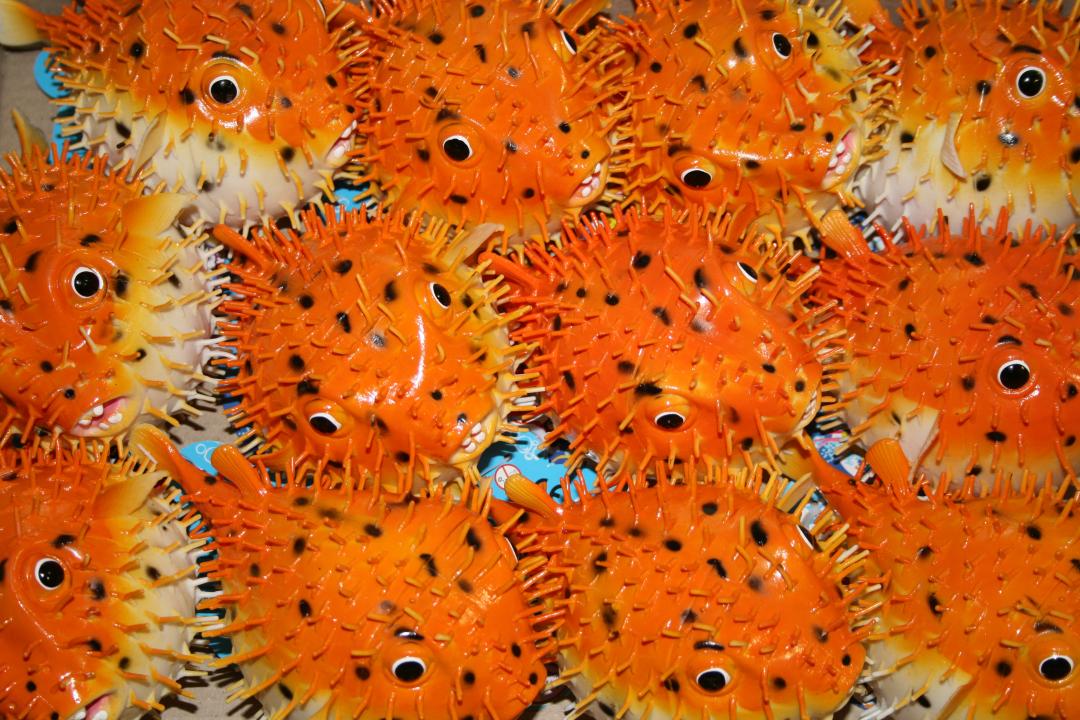Wielding Wonder
May, 2009 PhotographyGreat North Museum: Hancock
For eight months between October 2008 and May 2009 as artist in residence, Irene photographed the gradual refurbishment of the interior of the Hancock Museum in Newcastle upon Tyne, UK. She also photographed the massive temporary storerooms at Pickford’s warehouse in Gateshead, the installation and repopulation of the permanent archives and research facilities in the basement of the Discovery Museum and even the taxidermists’ studio in Newcastle University. The project offered the unique opportunity to witness the creation of a new museum of science and history – the Great North Museum: Hancock
The Hancock Museum, the North of England’s only Natural History museum was established in 1884. Originally ‘Newcastle Museum’ it was re-named the Hancock Museum in honour of the well-known North East naturalist John Hancock (and his brother Albany), who had been instrumental in the campaign for setting up the original Victorian museum.
In 2008 the Hancock Museum was undergoing a major extension and refurbishment. The newly refurbished museum would integrate collections from the original natural history museum with those of Newcastle University’s Museum of Antiquities, an archaeological museum which specialised in the history of the region, specifically Hadrian’s Wall and the Shefton Museum of Greek art and archaeology.
During her residency Irene took over 3,000 photographs, creating a permanent digital archive for the museum and a new body of work for exhibition. A series of images were selected by museum staff and exhibited during the launch of the new museum in 2009. The archive is used as an important record of the various stages of the refurbishment and the different systems employed. The photographs from the exhibition remain in the museums collection and are on permanent display within the offices and research centres of the museum.
Photographing the museum fell into two distinct areas: photographs of the gradual refurbishment of the gallery spaces in the museum, and photographs taken in the large ‘exhibition hall’ used to house the artefacts as they were progressively returned from storage and waited their turn to be mounted and placed on display. Witnessing and recording the gradual changes to the interior of the museum, the placement of the Tyrannosaur, the building of the giant vitrines, the installation of the scale model of Hadrian’s Wall and the recreation of an Egyptian tomb etc. were all very interesting but Irene’s main passion was for the taxidermy specimens as they came out of storage, crated, wrapped in plastic or packed in tissue.
This experience prompted extensive research into the relationships between artists and museums, museum history and philosophies, taxonomies and even taxidermy. It instigated a major new research project, exploring the creative and pedagogic potential of wonder in the production and presentation of art and contemporary museum display.
